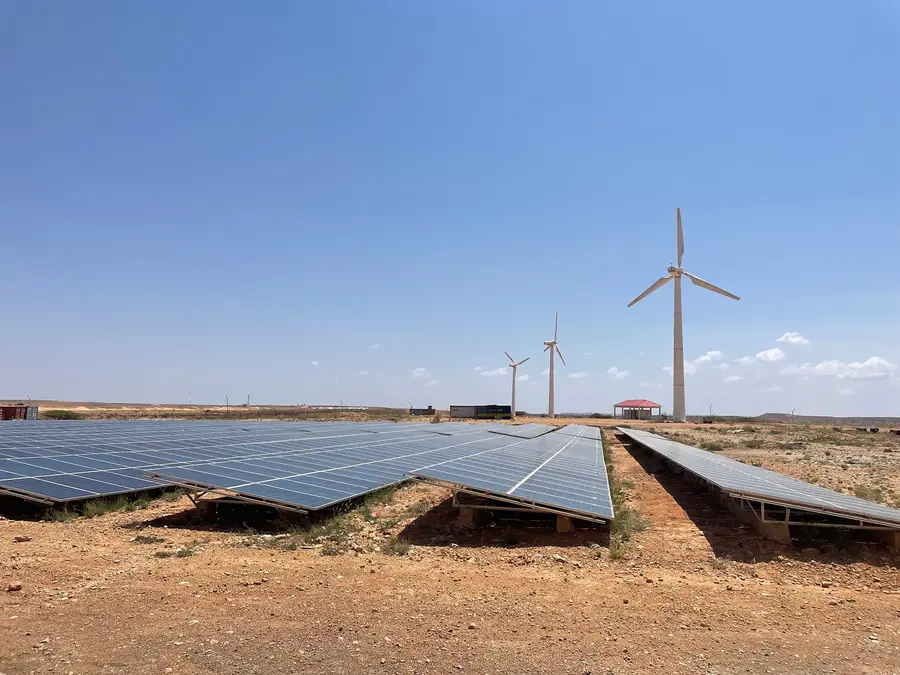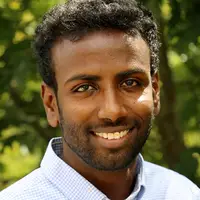
Global investors are often hesitant to invest in Somalia, deeming it too risky due to security concerns, political instability, and ambiguous business regulations. While this is, in part, justifiable given the East African nation’s last 30 tumultuous years, the future looks bright for private investment in energy in Somalia.
Why?
Somewhat paradoxically, those challenging times in Somalia led some sectors to pave their own unique path to survive and succeed, with solutions tailored to their context, rather than importing solutions from the developed world. Somalia’s power sector is no exception.
While many developing countries are only beginning to realize the innovation and efficiency associated with private sector participation in the power sector, Somalia’s power sector has been entirely privately owned and operated for decades, while the government’s role is confined to a high-level supervision.
From innovation to cooperation in Somalia’s energy sector
So how did a war-torn nation with limited government functionality achieve such success? After Somalia’s civil war left businesses with a public sector that struggled to meet their energy needs, the private sector did what it does best—it innovated. Businesses began establishing their own power generation facilities, some of which expanded into slightly larger “mini-grids” that also supplied their surrounding communities with electricity. As those mini-grids became more reliable than government-owned power plants, regional governments sold or handed over their power plants to the private sector.
When these mini-grids first emerged, many of them were operating in the same cities but via separate distribution networks. Realizing how wasteful it was to operate separately in the same locations, mini-grids in major cities decided to merge into metro-grids, also known as Electricity Service Providers (ESPs). Major ESPs such as Banadir Electric Company (BECO) and SomPower emerged from dozens of mini-grids operating in the same areas.
The merger not only enabled them to reduce their operating costs by consolidating networks, but it also allowed them to pool resources to invest in and improve their power facilities. After the mergers, many ESPs invested a considerable amount of capital in energy generation to meet the growing demand for electricity, including in clean energy sources such as wind and solar.
For example, in 2016 the National Electric Cooperation of Somalia (NECSOM) in Garowe City in northeastern Somalia invested US$6 million on hybrid wind and solar as well as the battery storage capacity needed to deploy them efficiently. According to the company, an additional 2 megawatts (MW) of renewable energy has resulted in an annual increase of 14–24 percent in connections.
SomPower, Somaliland’s largest ESP with multiple branches in major cities, also invested in a hybrid solar and diesel system, including a 4 MW solar photovoltaic system. Many other ESPs throughout the country are committing significant funds to similar generation projects with no external help from global investors or government subsidies.
The extensive self-investment, paired with a decentralized distribution model, has enabled Somalia’s ESPs to bring energy access to millions of households over a short period. A 2017 survey conducted by UKAID found that more than 50 percent of households in Somaliland have access to electricity, a rate higher than most other East African countries.
While ESPs have figured out how to be successful, they are not without faults: They have the highest electricity losses in East Africa, estimated to be around 40 percent, or more than four times the global average. They also rely on imported diesel as a primary source of power generation, an expensive and polluting source of energy.
These shortcomings not only are wasteful, but they also lead to expensive electricity tariffs for consumers. The average price per kilowatt of electricity in Somalia is around 60 cents—three times more expensive than in neighboring Kenya and six times more expensive than the United States.
Part of the reason that ESPs have been investing in renewable energy such as solar and wind is to reduce diesel cost and subsequently lower the cost to consumers. NECSOM, for example, reduced tariffs from US$0.90 to US$0.59 after they added hybrid wind and solar to their power plant in Garowe. In addition to reducing electricity prices and decreasing carbon emissions associated with diesel, renewable energy will also mean enhanced energy security for Somalia. The impact of the ongoing Russia-Ukraine war on global oil prices is already being felt in Somalia’s power sector after some ESPs have increased their tariffs due to the spike on diesel prices.
Bridging the Financial Gap
While ESPs are sparing no effort to address their challenges, they cannot solve them alone. Developing an adequate distribution network with large-scale power generation plants and manageable losses requires significant private capital. The Power Africa East Africa Energy Program (EAEP), funded through the United States Agency for International Development (USAID), is taking a dual-tracked approach to help facilitate such investments.
Building on work conducted by the USAID-funded Somalia Growth, Enterprise, Employment and Livelihoods (GEEL) Program to improve Somalia’s energy sector, EAEP aims to increase investment into ESPs, reduce prices for consumers, and increase access to clean energy.
At the local level, the project is helping Somali ESPs align their business practices with those of traditional global power sector investors, making them a more attractive investment despite Somalia’s challenges. Not only does this strengthen the ESPs’ capacity to engage with global investors, but it also helps them plan their energy generation and distribution network in a way that meets current and future load growth.
At the investor level, EAEP creates feasibility studies that help potential investors navigate the initial phases of project development in Somalia’s unique environment, in which government entities are still in the process of developing their regulatory frameworks and operationalizing critical energy-related policies.
Taken together, these efforts can help smooth some of the barriers that have traditionally inhibited international investment into the sector. To accelerate this progress, development finance institutions have increased investments to advance ESPs’ progress. For example, the World Bank recently committed $150 million with the Somalia Electricity Sector Recovery Project which aims to interconnect ESPs and support the government to undertake policy and regulatory reforms. When completed, Somalia’s electricity distribution could look more like surrounding countries making this an opportune time to develop relationships with the ESPs as they expand their power generation and grids.
Sparking a More Energy-Secure Future in Somalia
Somalia has made impressive progress through private power development, while government institutions are getting to a place where they can fully oversee the sector. Somalia is at a critical turning point for international investors and development finance institutions to unlock capital and the technical knowhow needed in this growing energy sector. As ESPs work to interconnect their networks with the support of the World Bank and the African Development Bank, it’s time for private project developers and financers to seize the moment. ESPs will need to expand their power generation as they access unmet demand through the interconnected network.
Local investors have noticed this and already seized the opportunity. Dahabshiil and Hormuud – Somalia’s largest bank and telecom companies, respectively – have both recently invested in the largest ESPs in Somalia. It’s time for global investors to follow suit – the progress in the sector and opportunity it presents to build with local partners is too promising to overlook.
Learn more about our energy work.

